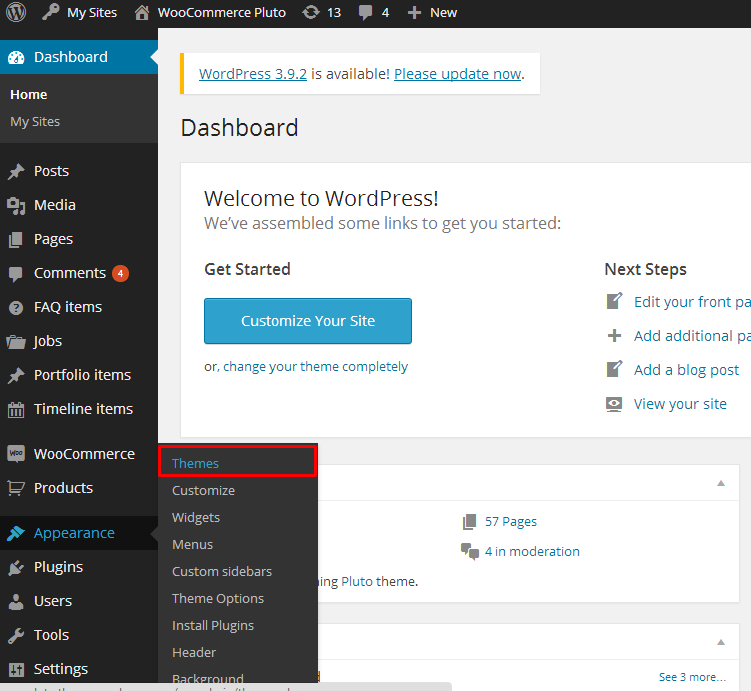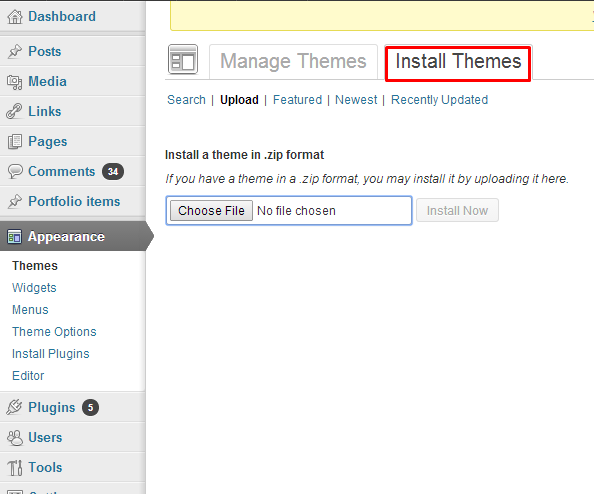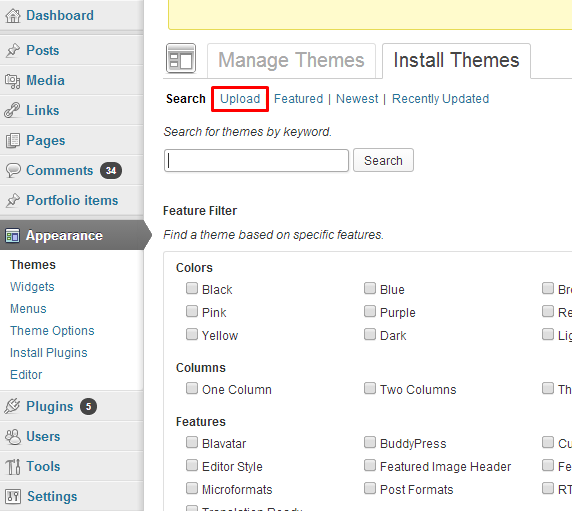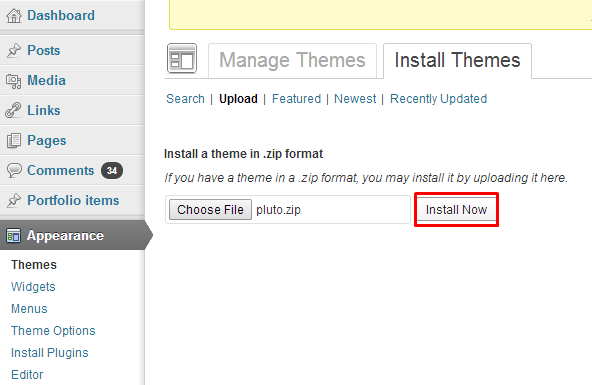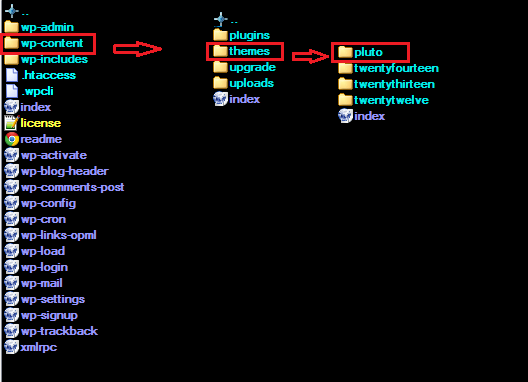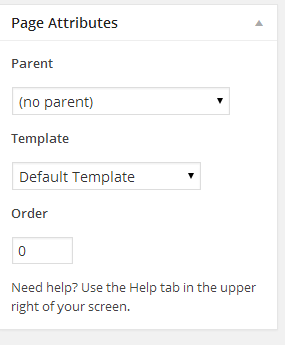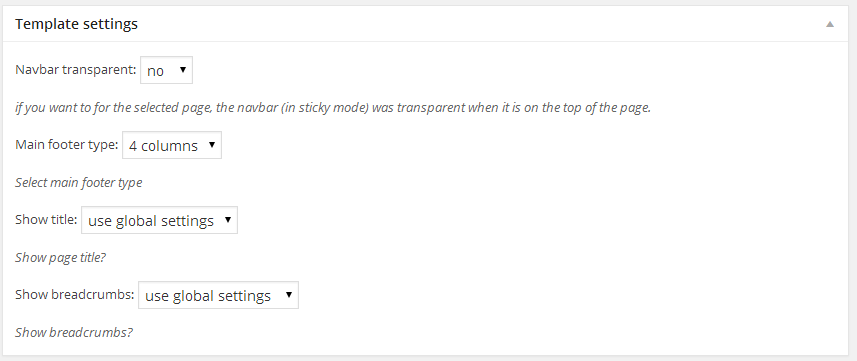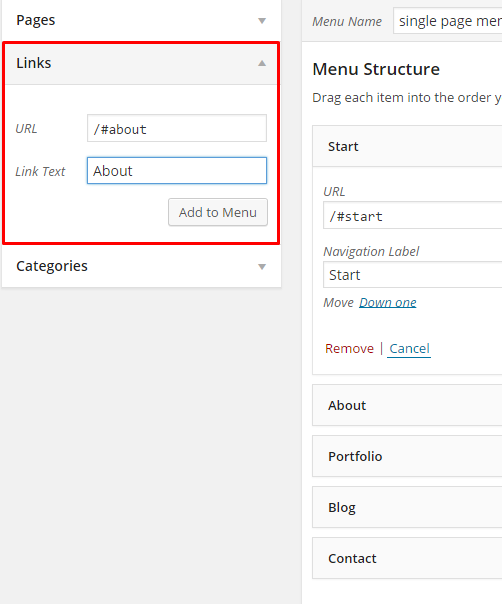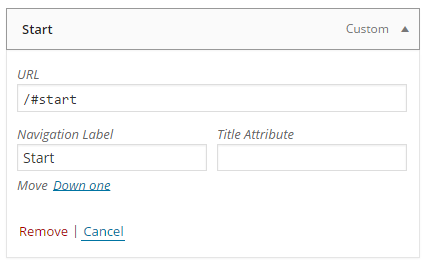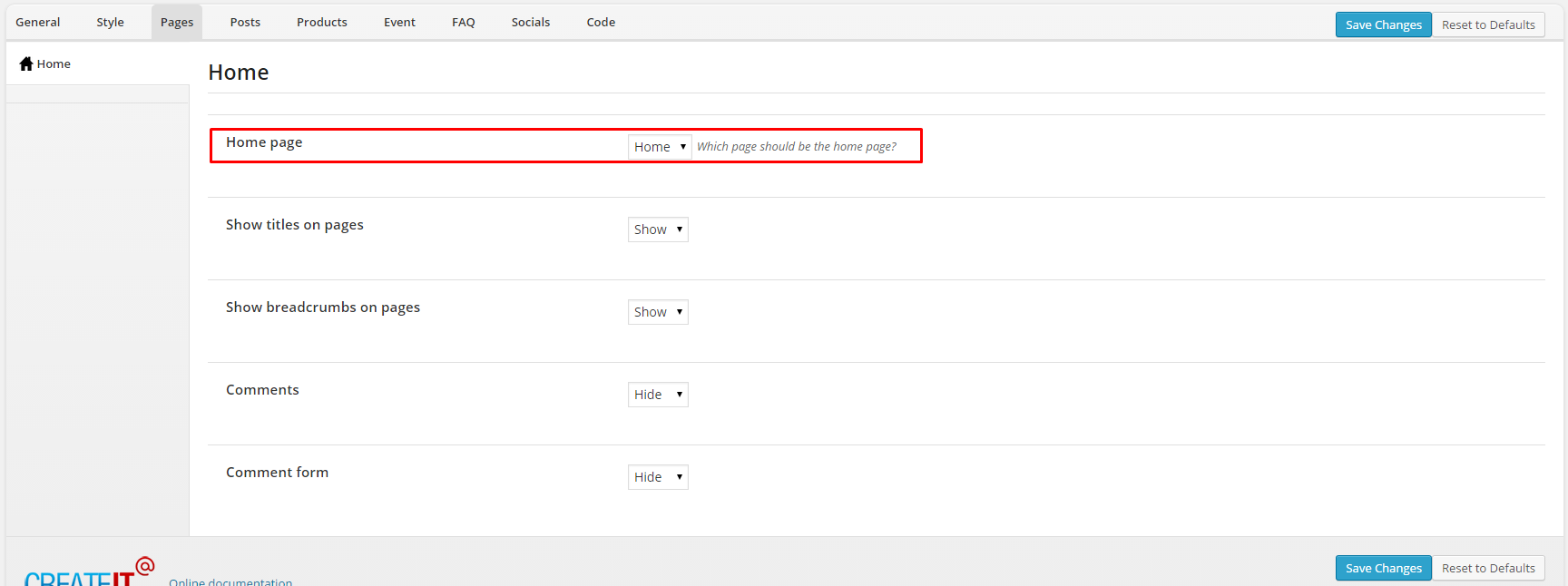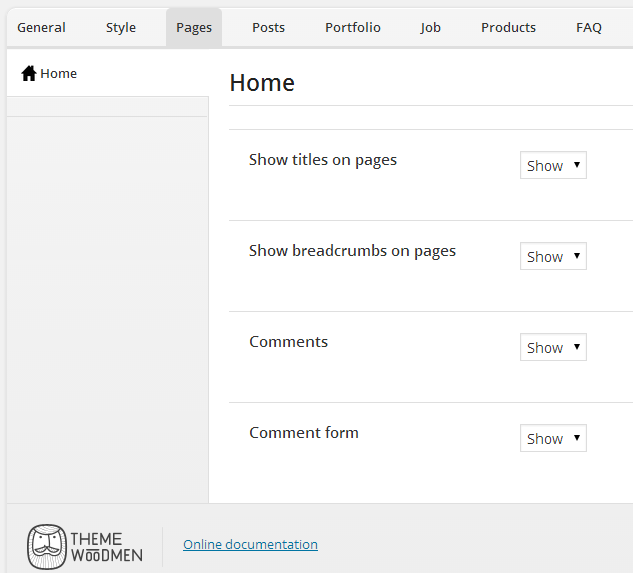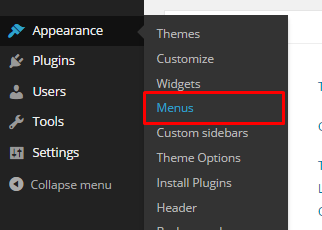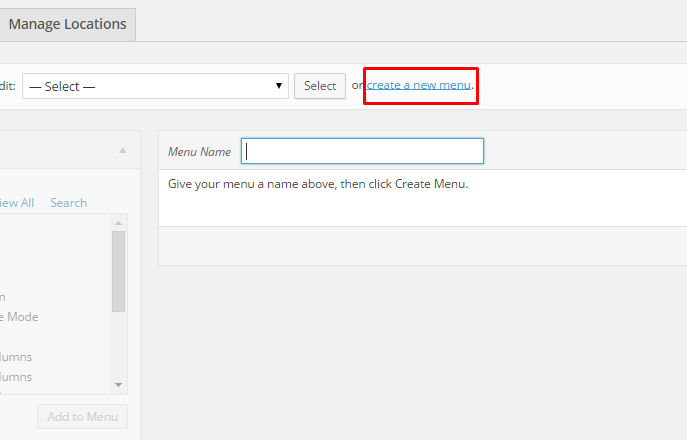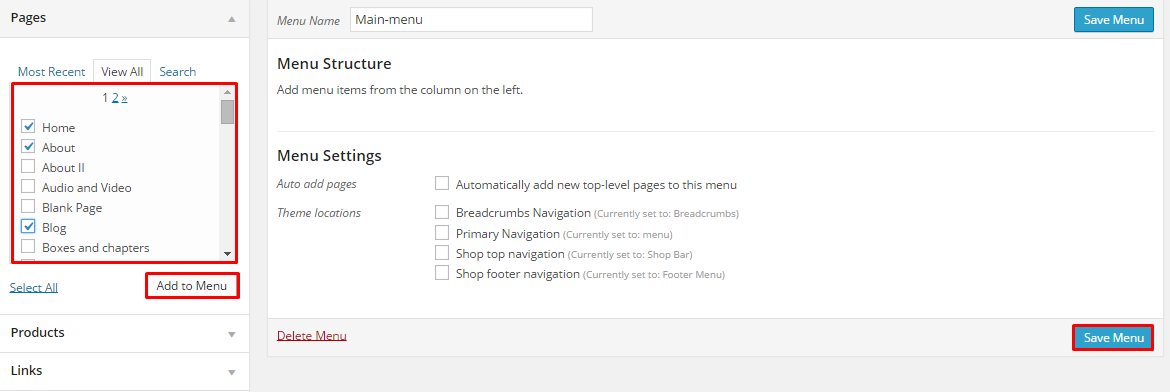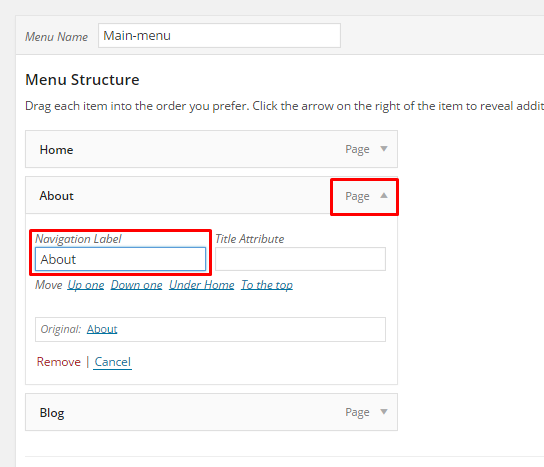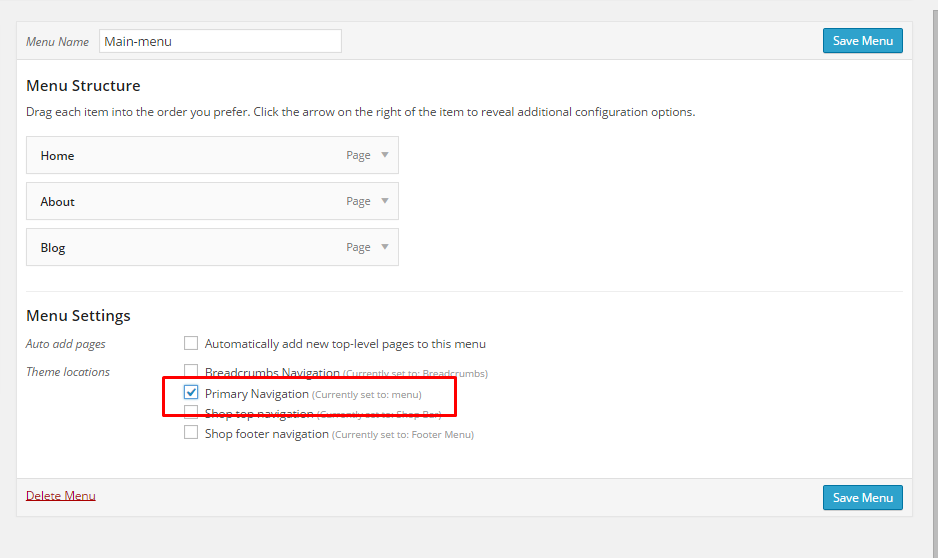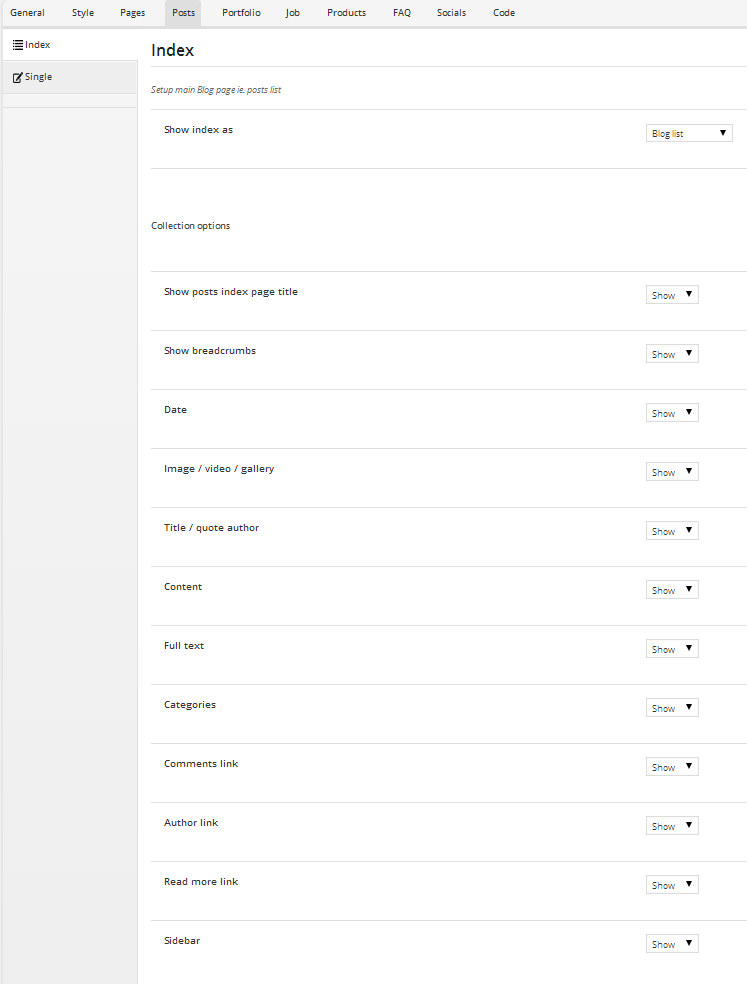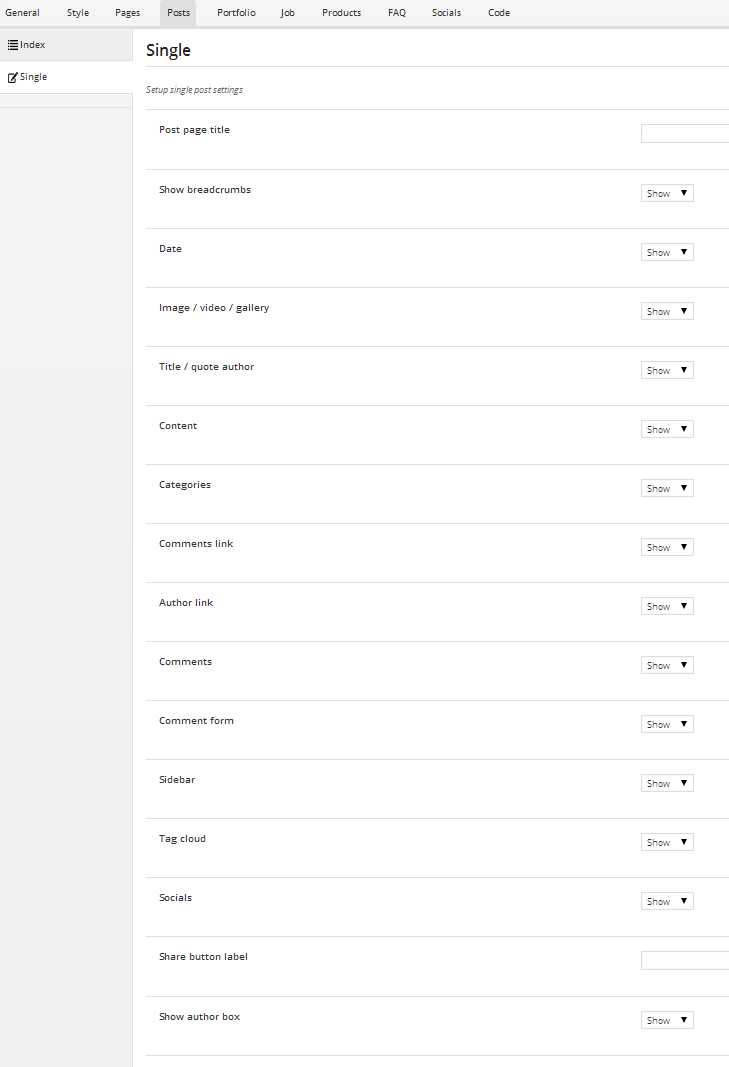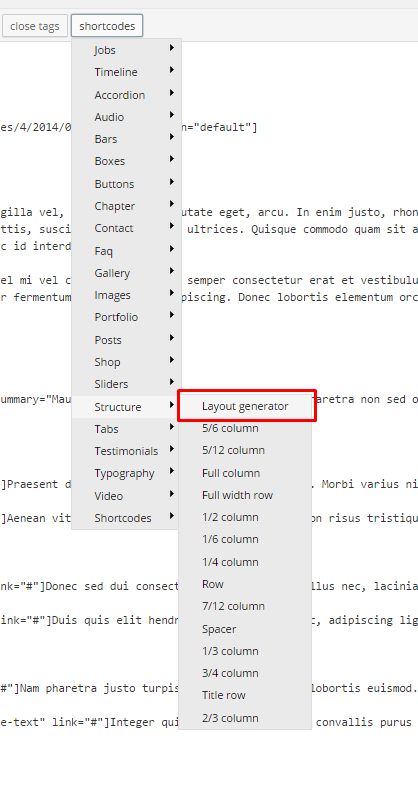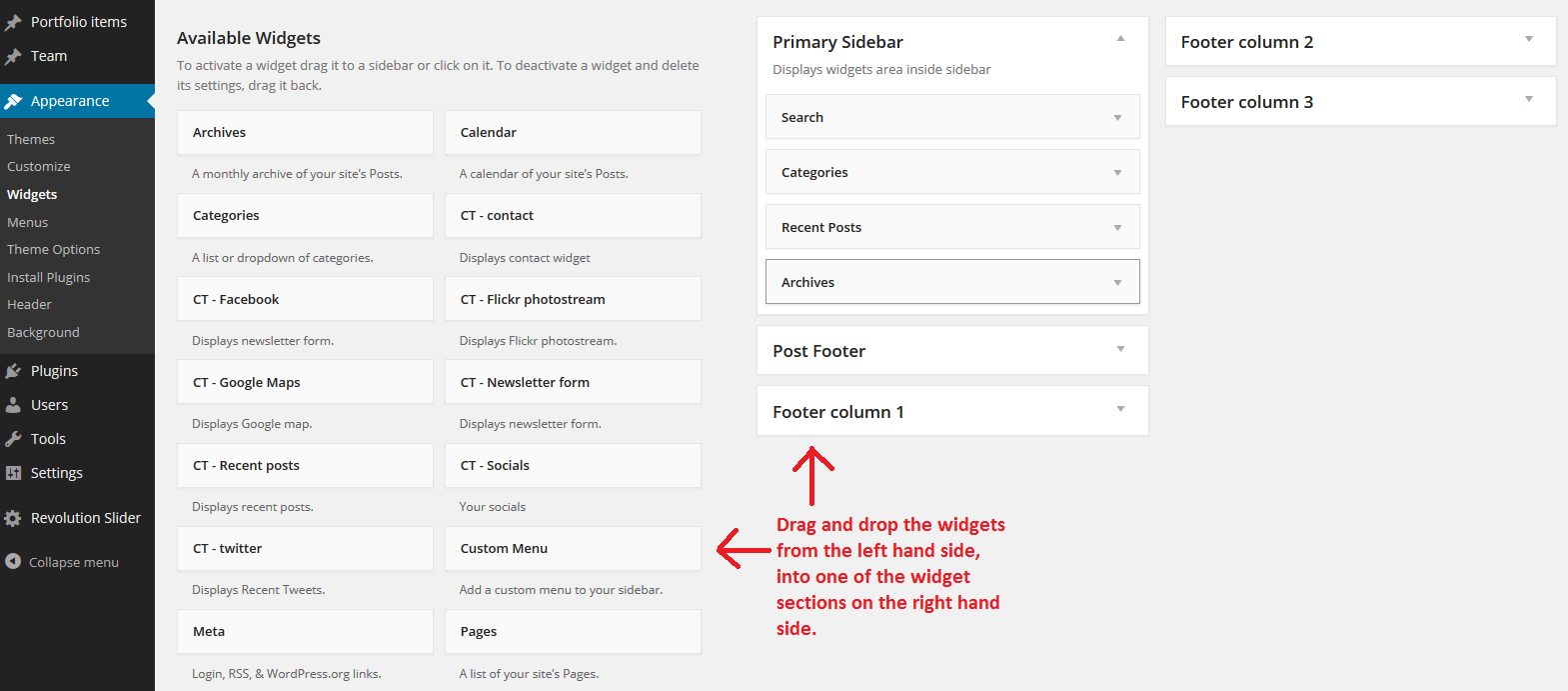General Information
Thank you for purchasing Delimondo Seafresh! We’re very pleased that you have chosen our theme to build your website and we’re trying our best not to disappoint you! Before you get started, please check out these documentation pages. Delimondo Seafresh can only be use with WordPress which we assume you already have installed and ready to go. If not, please check out WordPress Codex.
Was this article helpful ?
Requirements for Delimondo Seafresh
Before using Delimondo Seafresh, please meet the following requirements:
- essentials to run WordPress – here you can find more information – in case any doubts regarding the server, contact your host provider,
- latest version of WordPress, which you can download here,
- create secure FTP and Database.
Was this article helpful ?
What’s Included
When purchasing our theme from Themeforest, you need to download the Delimondo Seafresh files from your Themeforest account. Navigate to downloads tab on Themeforest and find Delimondo Seafresh. Below you’ll find a full list of what is included the .zip file, along with a brief description of each item.
Delimondo Seafresh Folder contains:
- seafresh.zip – main installation folder
Was this article helpful ?
Support
All of our items come with free support. For some help you can reach to our dedicated support forum. Free support is limited to questions regarding the themes features or problems. We provide premium support for code customizations or third-party plugins. If you need help with anything other than minor customizations of your theme, feel free to contact us on premium@createit.pl.
For free support, follow the steps below
- Step 1 – Click Here to create a free forum account. You’ll need your Themeforest purchase code, which can only be received when purchasing the theme from Themeforest.net.
- Step 2 – Enter your Themeforest Purchase Code, an e-mail and a password.
- Step 3 – Once you have an account, sign in to the forum and get started.
- Step 4 – Find your theme on a forum home page.
- Step 5 – Create new issue by clicking on a button at the right.
Before You Post On a Forum
We urge you to follow the steps below, before you post a new topic on the forum, to speed up your request. It’s in everyones interest and will benefit in making the entire forum more efficient:
- Step 1 – Always check the Documentation and the Knowledgebase Section. Most questions are already answered in those areas.
- Step 2 – Always use our Forum Search before you post, it’s possible that your issue has already been brought up and answered.
- Step 3 – If your question hasn’t been brought up, please post a new topic. Always be as specific as possible. Creating a topic requires entering the live URL to your home page or page that shows the issue in question. It also has bars for WP and FTP login info, which aren’t required, however, providing us with your login information can save a lot of time for both of us. Login credentials are securely stored and accessible only by our support staff.
- Step 4 – We usually answer questions in 24 hours on working days. However if you don’t get any answer in 72 hours bump up your question or send us an e-mail.
Our support hours: 10:00 AM – 6:00 PM UTC +1 on Monday to Friday.
Premium Support
We can create your website from scratch, redesign it or just extend the current ones. For more information, please take a look at our website.
Typical issues covered by Premium Support:
- Custom CSS
- Support for third party software and plug-ins
- WordPress Installation with Theme configuration
- Server configuration
- Site structure modifications
- Graphic adjustments, etc.
- WordPress general howto’s
Was this article helpful ?
Installation
There are two ways to install the theme: through WordPress, or via FTP. But first, you need to download the Delimondo Seafresh files from your Themeforest account. Navigate to downloads tab on Themeforest and find Delimondo Seafresh. Click the download button.
For more information check also this article from Knowledge Base.
Was this article helpful ?
Installation via Administration Panel
If Delimondo Seafresh files are downloaded from your Themeforest account, you can start an installation by using WordPress administration panel.
Once you’ve logged in to your administration panel go to Appearance > Themes. Depending on your version of WordPress you’ll see Add New or two other tabs: Manage Themes and Install Themes.
Here you’ll find instructions how to proceed with 3.9.0 and lower versions of WordPress.
If you’re using newer version, follow steps below to install the theme:
- Step 1 – click on Install Themes tab
- Step 2 – choose Upload option to upload .zip file
- Step 3 – choose seafresh.zip from you computer.
- Step 4 – once the file is chosen click Install Now
Common Install Error: Are You Sure You Want To Do This?
If you get the following question message when installing Delimondo Seafresh.zip file via WordPress, it means, that you have an upload file size limit. Install the theme via FTP or call your hosting company and ask them to increase the limit.
Was this article helpful ?
Installation via FTP
To install Delimondo Seafresh via FTP, follow steps below:
- Step 1 – Unarchive seafresh.zip file
- Step 2 – Access your host web server using FTP client
- Step 3 – Find directory wp-content > themes
- Step 4 – Put folder Delimondo Seafresh in directory wp-content > themes
Learn more:
Was this article helpful ?
Theme Flavours
As you can see on our Demo page Delimondo Seafresh comes with number of flavours.
seafresh is a main theme, which always needs to be installed if you want your website to work correctly. Styles such as cupcake and pizza are child themes, which can be installed additionally (once seafresh is installed) if you want to use cupcake or pizza style on your website.
Child Theme installation is analogous process to Main Theme installation. Every child theme has its own zip package with installation files, which you will find in downloaded package.
Example:
You downloaded .zip package with theme files from ThemeForest and want to use on you website pizza version of Delimondo Seafresh.
STEP BY STEP
- STEP 1: Unarchive downloaded package from ThemeForest
- STEP 2: Install seafresh.zip file via Administration Panel or FTP
- STEP 3: install pizza.zip package via Administration Panel or FTP
- STEP 4: go to Appearance > Themes and activate pizza
- STEP 5: Import demo content for pizza Theme
And it’s ready to customize! In analogous way you can install every child theme.
Was this article helpful ?
Import demo content
The fastest and easiest way to import our demo content is to use Theme Options 1-click Demo Importer. It will import all pages and posts, several sample sliders, widgets, theme options, assigned pages, and more. We recommend this approach on a newly installed WordPress. It will not replace content such as posts, pages, portfolio, etc. and delete current menus, but configure them and replace theme options. By that, if you have created some posts, pages or portfolio content before an import, you won’t loose them.
To import our demo content, please follow the steps below:
- Step 1 – install and activate plugins listed in Recommended Plugins message {warning}
and WooCoomerce plugin, if you’d like to use shop functionalities.
- Step 2 – setup Media thumbnails sizes in Settings > Media to recommended values:
- Thumbnail size: 150 x 150px
- Medium size: 300 x 300px
- Large size: 1024 x 1024px
If you’re using WooCommerce product images sizes in WooCoomerce > Settings > Products
- Step 3 – navigate to Appearance > Theme Options > General – 1-click Demo Import
- Step 4 – click the Import demo content button with multipage or onepager version.
(WARNING:The image below is only an example of how the 1-Click Demo section might look like. Depending on the theme, the amount of images and/or tabs of the import demo contents, this option might look different.)
- Step 5 – importing can take a few minutes. Please be patient and wait for it to complete. Once it will be loading, you will see message with indicating progress.
Learn more:
Common errors with “1-Click Demo Import”
Was this article helpful ?
Pages
You can use Pages to organize and manage any content on your website. You can create multiple pages on your website for different types of content or setup onepager with scroll-to-section menu.
Was this article helpful ?
Create pages
To create a new Page follow the steps below:
- Step 1 – select Pages > Add New
- Step 2 – add Title
- Step 3 – add content – we recommend you to create page content using shortcode generator or by modifying demo content
- Step 4 – choose page attributes:
- Parent – if you want to create subpage
- Template – you can choose one of defined page templates: Right Sidebar Template, Left Sidebar Template and Default Template
- Page order
- Step 5 – choose template settings
- Step 6 – click Publish to make your page public.
Learn more:
Was this article helpful ?
Onepager setup
Delimondo Seafresh has the ability to make one page site with a scrolling to sections menu. Most sites are traditionally setup with individual pages, each page with its own content. One page site allows you to put all the content on one page, and the menu items will link to each different section of the page. Think of it as a full site but all on one page. Please read below for information on how to set this up.
Create A New Page With Your Content And Anchor Points
- Step 1 – Navigate to the Pages section of your admin and click Add New.
- Step 2 – Create page with all sections. Each section should begin with [chapter] shortcode or any other html element with unique id, for example :
123456[chapter id="work"](...) content (...)[chapter id="services"](...) content (...)[chapter id="about"](...) content (...) - Step 3 – 2. In Appearance > Menus create new main menu (using Custom Links option), where URL will be section id with “/#” sign, for example : /#services or /#about.
And your onepager menu is ready. Remember to choose Theme Location Primary Navigation to your menu.
Was this article helpful ?
Homepage setup
If you have added some pages via Pages > Add new you can choose one and set it up as a homepage. Use Appearance > Theme Options > Pages and choose from the list your homepage. Remember to click Save changes at the end of editing.
Was this article helpful ?
Pages Theme Options
To create a standardized template for each page some of the settings you can set globally. You need to go to Appearance > Theme Options > Pages and choose from several options:
You can change the following settings:
- show title on pages
- show breadcrumbs on pages
- show comments
- show comment form
Was this article helpful ?
Menu setup
Depending on which version of content arrangement you choose, you can create onepager or multipage navigation menu.
To create navigation menu dedicated to multipage websites, please follow the steps below:
- Step 1 – Navigate to Appearance > Menus
- Step 2 – Click on create a new menu, enter menu Name and click on Create Menu button
- Step 3 – From the right side choose pages that you want to add to your menu and click on Add to Menu. Once menu items are added, you can reorder or nest them via drag and drop tool. Remember to click Save Menu when you finish to keep your changes saved.
- Step 4 – You can easily rename every menu item in item details.
- Step 5 – Optionally you can add to menu other items, like Links or Categories
- Step 6 – Check your menu as Primary Navigation to set it up as main menu.
- Step 7 – Always click Save Menu after providing any changes.
Was this article helpful ?
Creating blog posts
No matter which method you use to display your blog posts, first thing you need to do is create them.
Delimondo Seafresh offers several blog post types:
- Standard
- Aside
- Image
- Video
- Audio
- Quote
- Link
- Gallery
Follow the steps below to create a blog post
- Step 1 – navigate to Posts in your WordPress admin.
- Step 2 – click on Add New to make a new post. Create a title and insert your post content in the editing field. You can use any of our VisualComposer elements inside the post.

Add new post
If you want to use some additional fields, choose them from screen options at the top of the screen.

Screen options
- Step 3 – add Categories from the right side. To assign it to the post, check the box next to the Category name.
- Step 4 – add Tags from the right side. Type the name of the tag in the field, separate multiple tags with commas.
- Step 5 – for a single image, click the Featured Image box, select an image and click Set Featured Image.
- Step 6 – for a Gallery, insert more than one Featured Image, each image will be a slide in the gallery slideshow. Slides will be order by the date when the images was added to Media
- Step 7 – for a video post, paste the iFrame embed into the Video Embed Code field, file url to M4V file url or OGV File URL or Direct video url from Youtube, Vimeo or Dailymotion
- Step 8 – create an excerpt – Excerpts are optional hand-crafted summaries of your content that can be used in your theme. Learn more about manual excerpts
- Step 9 – once you finished, click Publish to save the post.
Was this article helpful ?
Blog index page
The most popular way of displaying blog posts is to setup blog index page. There all of your posts will be displayed and ordered by publish date.
To set the page as your post page, navigate to Appearance > Theme Options > Posts and choose Blog index page from the ones you created.
Notice:
On Blog index page you will see only your posts, so don’t add any other content to it.
Was this article helpful ?
Blog Theme Options
When using the assigned blog page as described above, all the options you can select are located in Appearance > Theme Options on the Posts tab. There are dozens of options to choose from such as layout, categories, dates, etc. There are general blog options and single post page options. Each one has a title and descriptions to help you understand what they do. Any type of blog options you need to set will be set here in theme options when using the assigned blog page.
- Index – these are mainly for the assigned blog page, you change here:
- Single – these options all apply to the single post page, not the main archive page.
Was this article helpful ?
Using shortcodes
Delimondo Seafresh is build with shortcodes. Shortcode is a WordPress-specific code that lets you do nifty things with very little effort. Shortcodes can embed files or create objects in just one line, that would normally require lots of complicated and ugly code. Shortcode = shortcut.
You don’t have to know Shortcodes list, syntax or available parameters, if you decide to create your website content using shortcode generator, which you can find in your window toolbar. Generator allows you to simply put your images, text and other content to input fields and choose display options from self-explanatory boxes.
In shortcode generator you will find shortcodes for any page content element that you can see on the demo page.
Below you will find description for a few basic shortcodes types, which should give you an idea of the shortcodes possibilities.
Structure
Page structure elements: columns, rows, spacers are shortcodes – check Structure section with shortcodes, which help you to create your page grid. Layout generator can be very useful here.
Typography
Do you want to add to your page sections headers, blockquotes, a list or simply a link? In section Typography you will find all options available in Delimondo Seafresh to format text elements.
Contact
If you want to put any element to let your users contact or follow you or your profile inside your page content, you will find that in Contact shortcode section. You can easily configure elements like: Google Map, Contact form, Newsletter Form, Social buttons and put them anywhere on your page.
Sliders
Our themes come with several types of sliders. You can see preview for them on demo page. All available sliders are always in Sliders the section of shortcode generator.
In the shortcode generator you can find also several types for buttons, boxes, portfolio items, bars and other elements. We encourage you to experiment with all available options.
Was this article helpful ?
Using widgets
Widgets are small blocks of content, which you can find in theme footer or sidebar. They were originally designed to provide a simple and easy-to-use way of giving design and structure control of the WordPress Theme to the user, which is now available on WordPress Themes to include the header, footer, and elsewhere in the WordPress design and structure. Widgets require no code experience or expertise. They can be added, removed, and rearranged on the WordPress Administration Appearance > Widgets panel.
Just drag and drop the widgets you want, into the right hand side where your sidebars and footer widgets are listed. Simply drag your widgets over to the sidebar or footer column, and then populate the content.
There are various fields and settings you can choose for each individual widget and all are self explanatory. You can also use multiple widgets per footer column, just drag and drop them into place. And you can put as many widgets as you want inside sidebar. Once you have finished populating the widgets, always make sure to hit the Save button to save the settings.
Was this article helpful ?



